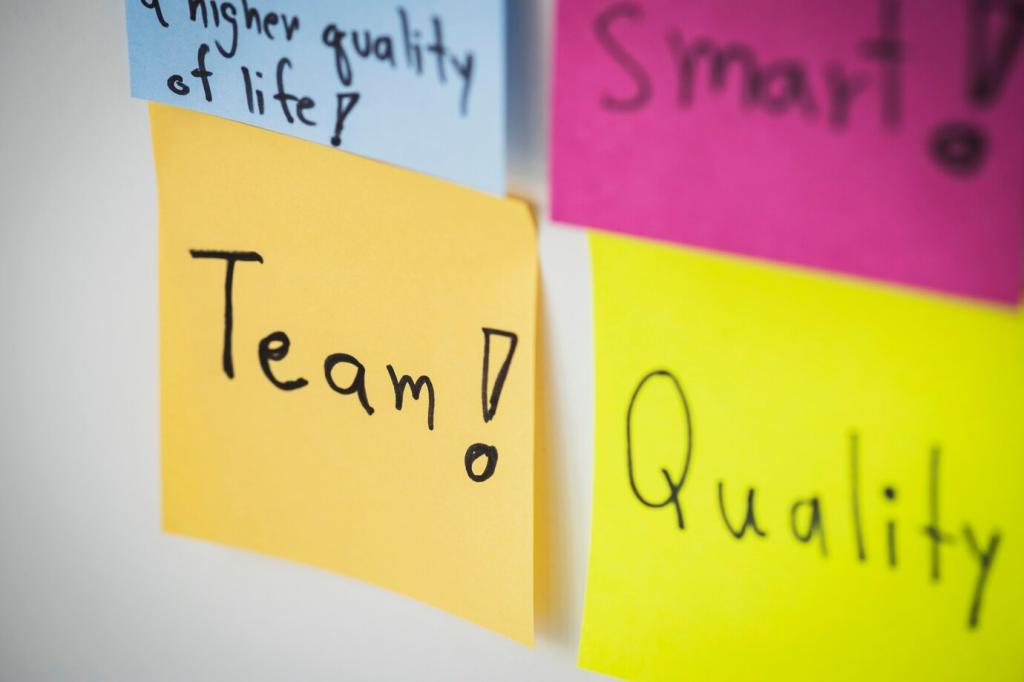
Best Practices for Remote Team Building Activities
Building a strong and cohesive team in a remote work environment can be challenging, but it is essential for fostering collaboration, trust, and employee satisfaction. Effective remote team building activities go beyond simply having fun—they create meaningful connections, break down communication barriers, and reinforce a positive company culture. By following best practices tailored to remote teams, organizations can ensure that their employees remain motivated, engaged, and connected, regardless of geographical distances.
Fostering Meaningful Connections
Virtual Icebreakers and Introductions
Icebreakers and introductory sessions are essential for setting the stage in remote teams, especially when onboarding new members. These activities help participants learn more about each other on a personal level, encouraging openness and camaraderie from the start. Icebreakers could involve sharing fun facts, hobbies, or even virtual backgrounds that reflect personal interests. The goal is to create a warm, welcoming environment where everyone feels seen and heard, breaking down barriers that might otherwise impede communication in a virtual setting.


Encouraging Personal Storytelling
Allowing team members to share personal stories and experiences can be a powerful way to build trust and empathy within a remote team. Storytelling activities invite individuals to bring their authentic selves to work, helping colleagues better understand each other’s backgrounds and perspectives. This practice not only humanizes team members but also fosters greater cohesion by highlighting shared values and diverse viewpoints. Making space for storytelling creates lasting connections that extend far beyond the confines of daily work tasks.
Maximizing Engagement and Participation
Inclusivity should be at the core of remote team building initiatives. Activities must be designed with consideration for different time zones, cultures, and abilities so that every team member can easily participate. This might involve flexible scheduling, accessible platforms, or choosing universal themes that resonate with all participants. By ensuring inclusivity, organizations demonstrate respect for each team member’s unique situation and encourage broader engagement, making team building efforts more successful.

Adapting Activities for Remote Formats
01
Redesigning Classic Team Games
Traditional team-building games can still be effective when thoughtfully reimagined for remote teams. Classic activities like trivia quizzes, scavenger hunts, or problem-solving challenges can be easily transitioned to digital platforms. The key is to simplify rules, clarify instructions, and consider time limitations, making sure everyone remains engaged. With some creativity, these time-tested games can promote teamwork, friendly competition, and laughter—all critical elements for sustaining morale in virtual environments.
02
Shortening and Pacing Activities
Remote team members may experience digital fatigue more quickly than in-person participants. For this reason, it’s important to design activities that are concise yet impactful. Breaking up longer sessions into shorter intervals, including frequent breaks, or integrating quick energizers can help maintain attention. Careful pacing ensures that participants remain focused and refreshed, ultimately leading to more meaningful interactions and better outcomes from each session.
03
Accommodating Varied Home Setups
Remote team members have different home office environments that can influence their ability to participate in certain activities. Organizers should be mindful of these differences, offering options that require minimal equipment or space. Activities should not be overly reliant on high-speed internet or specific devices, ensuring everyone can join in without undue stress. By accommodating diverse setups, companies remove barriers to participation and create a more equitable team-building process.
